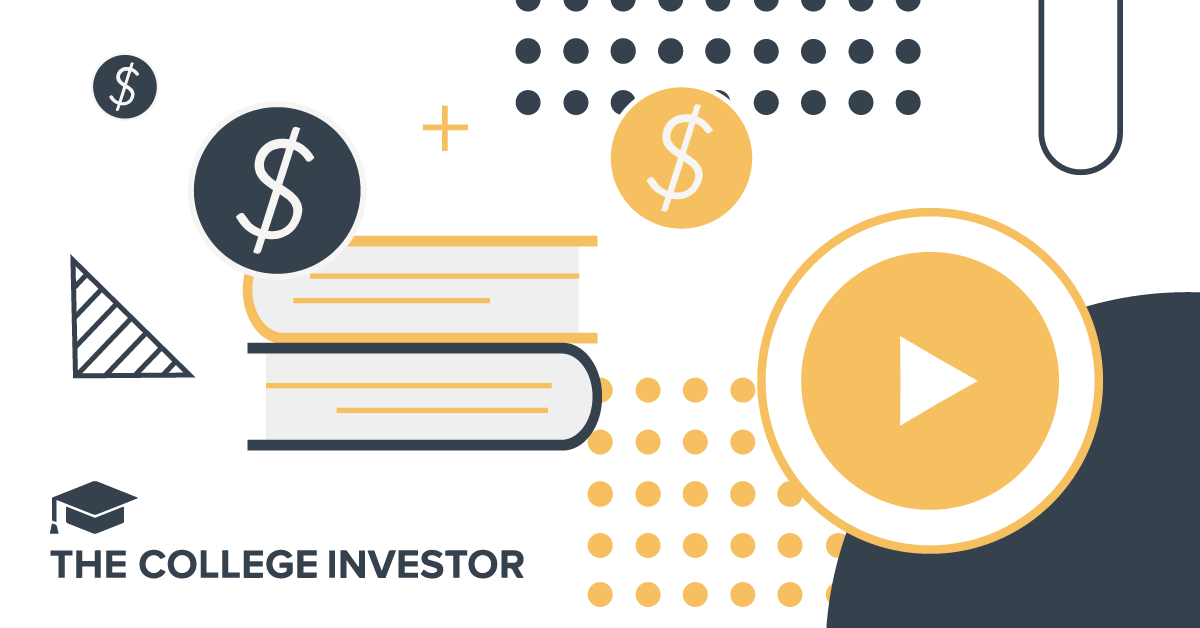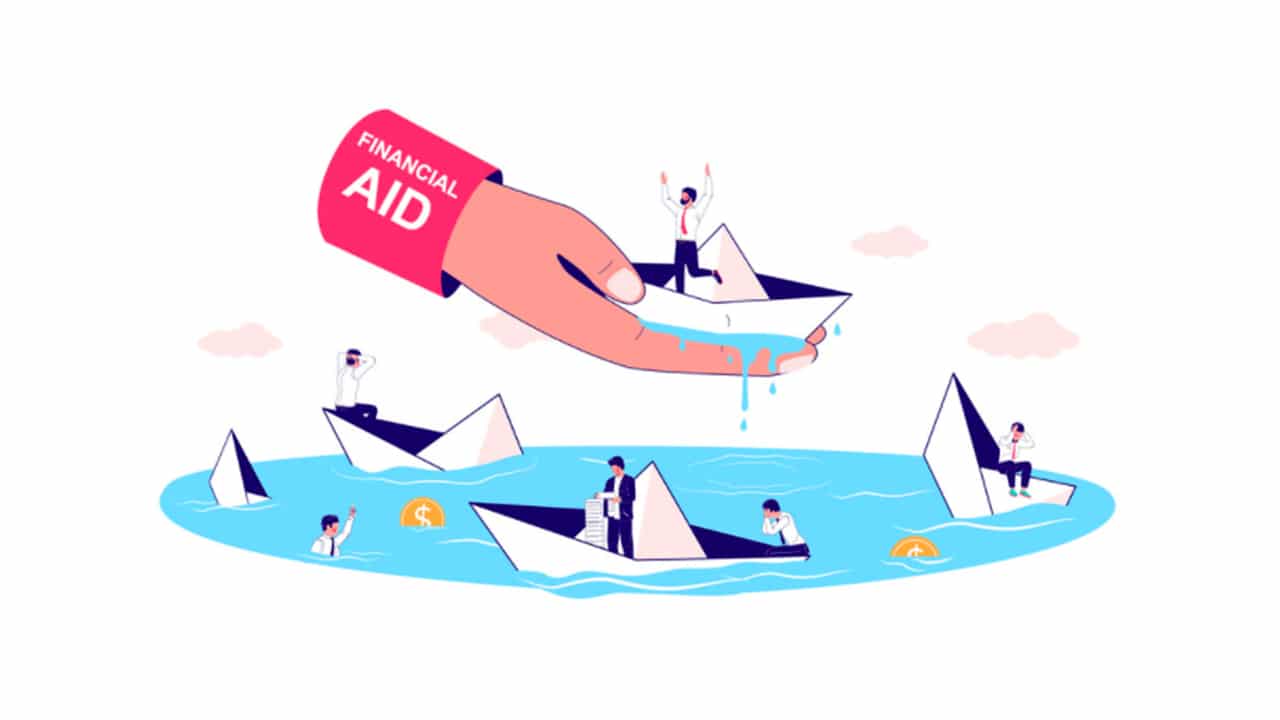How To Get A Student Loan (Federal and Private)


Source: The College Investor
Let’s talk about how to get a student loan.
Whether you need a Federal student loan, or a private student loan, there are certain things you need to know about how to take out a student loan.
While it would be great to cover all your college costs using a combination of savings, help from family members, scholarships, and your personal income, those funds aren’t always going to cut it. Many college-bound students will need to apply for student loans to cover the gap between the cost of education and their limited resources.
This guide explains how to apply for student loans, and how to select the amount to borrow when you take out the loans.
A good starting point: How To Find The Best Student Loan Rates >>
For U.S. citizens applying for educational loans in the U.S., the FAFSA application is the starting point for Federal student loans. Here’s how you apply for Federal student loans.
If you’re looking to get a federal student loan here’s the criteria:
Applying for Federal student loans starts by filling out the Free Application for Federal Student Aid (FAFSA). To fill out the application, you’ll need your information and your parents’ information from tax filing from two years ago (for the 2025-2026 school year, you’ll need the 2023 tax returns), plus information about your parents’ assets, your assets, and other financial details.
Once you submit the FAFSA, your school (or schools of choice if you’re still deciding where to attend) will create a student aid report for you. This report will include information about free aid (such as grants, scholarships, and more). It will also show information about work-study options and, of course, student loans.
In the United States, almost all schools use the FAFSA to issue need-based aid to students. Even if you don’t plan to take out student loans, you should be completing the FAFSA. You may learn that you qualify for grants or extra scholarships from your school of choice based on your financial status.
About two weeks after you submit the FAFSA to your school, you can expect to receive an aid offer (most financial aid offers usually arrive between January and March). The offer will include information about all sources of aid including:
In general, you want to take all the free money you can get. That means accepting the scholarships and the grants. If you plan to live on campus, you may want to consider taking the work-study offer too.
However, consider work-study as a baseline for your earnings, not a cap. Often, work-study jobs do not pay very well. Side hustles like reffing soccer or basketball, tutoring, waiting tables and tending a bar, or any form of skilled labor typically pay much better.
And, of course, starting a business may be the best way to earn money during college.
The last form of aid will be student loans. These will include subsidized loans, which have a lower interest rate (and interest doesn’t accrue while you’re in school), and unsubsidized loans (where interest starts accruing right away).
Once you review the offer, you can accept any part of the offer you want. You do not have to take out all the loans. In fact, I recommend borrowing as little as possible to pay for your tuition and other upfront costs. You also have to content with federal student loan borrowing limits, which are very low.
Between savings, frugal living, and working, most undergraduate students can pay for their living expenses without borrowing money.
Student loans aren’t free money. You will have to pay them back. It always makes sense to look for alternatives to borrowing to pay for your education.
It may seem smart to borrow a little extra now, but I advise against that. After college, you may have a salary of $50,000 to $60,000 to start (or even lower in many fields). That sounds like a lot of money, but paying back $50,000+ of student loans on a starter salary is a huge challenge.
Think about your future self, and limit your borrowing today. You might also want to make sure you complete the student loan entrance counseling first so you have a good understanding of the expectations for repayment.
Finally, remember that the collateral for student loans is your future earnings!
Source: The College Investor
In some cases, students in the U.S. may want to apply for private student loans rather than Federal student loans. A few reasons to consider private loans include:
If one of these situations applies to you, then follow these steps below to apply for private student loans.
When you apply for any loan, you’ll need documents to prove your income, credit score, and whether you have assets. In general, you’ll need the following:
Once you’ve gathered up the information, start doing some loan shopping. We recommend the lenders on our Best Places To Find Private Student Loans list.
Many lenders allow you to preview rates without having a hard credit pull. You can also “shop” for rates using sites like Credible.
Comparing rates using an aggregation site (like Credible) will help you get a feel for the interest rates and terms available to you.
After unofficially comparing rates, apply for loans from at least two lenders. That way you can pick the best possible interest rate. The underwriting and approval process can take anywhere from a few hours to a few weeks depending on the lender.
Remember to also compare key features like loan repayment terms, loan discharge options (like disability discharge), and more.
When you have a few loan offers in hand, compare them to see which loan is the best for you. Then sign the loan documents and move forward with your education or paying off your loans.
If you have a cosigner, you may also want to get a term life insurance policy to protect your cosigner should anything happen to you. A term life insurance policy for the loan balance (when you’re a young adult) can be very inexpensive.
Remember, some private student loans require immediate payments, so make sure you double-check your lender and their repayment plans before you commit.

Tax refunds in early 2026 could be $1,000 to $2,000 larger for many households due to retroactive tax law changes....

Why does it feel like large companies always get the upper hand? Maybe it’s the long contracts with fine print,...

What can you do if you can’t afford college? Maybe the financial aid award wasn’t enough, or you only want...